How does stepping home from work feels when you have a pet waiting in your apartment? In this blog we are going to discuss these apartment dogs to give you a perspective on how does getting an apartment dog looks like?
Today, dogs are such familiar parts of our lives and the subject of many a meme that it’s easy to take them, and what they represent, for granted.
In response to Social evolution, dogs, more than any other species, have acquired the ability to understand and communicate with humans, and they are uniquely attuned to their behavior.
Apartment dwellers have a list of various dog breeds to choose the best apartment dog when selecting a pet.
We as millennials have come a long way to realize the value of animals in our lives.
It is amazing to see how eager we are as humans to take up a responsibility to look after a pet and give a healthy life.
To get a piece of detailed knowledge about which dog breed to adopt, you can check out our dog breeds section and learn more about the same.
As much as we love dogs and want them to be around us all the time, our living arrangements can sometimes make this impossible.
However, you may live in a building that may not look like the typical home for a pet, there is always the possibility that you may be able to still have a furry companion.
Table of Contents
What You Should Look In A Good Apartment Dog?
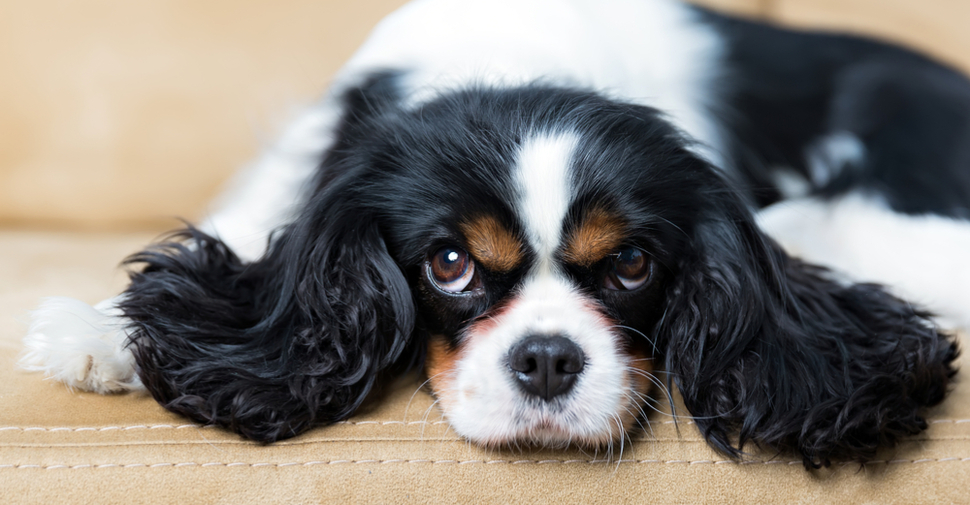
It is not necessarily important that apartment dogs are small in size also for a reason that some of the small-sized apartment dogs are really yappy around and at the same time their over excitement can lead to destructiveness.
Two studies have indicated that the dog’s behavior varies with their size, weight, body, and skull size.
Dogs are the best stress buster we as humans can have and we also tend to have a great bond with them.
People have called dogs “The millennial baby” and that’s because of their behavior is rooted in survival, it’s not superficial.
What Should Be Taken Into Consideration Before You Bring A Dog Home To Your Apartment?
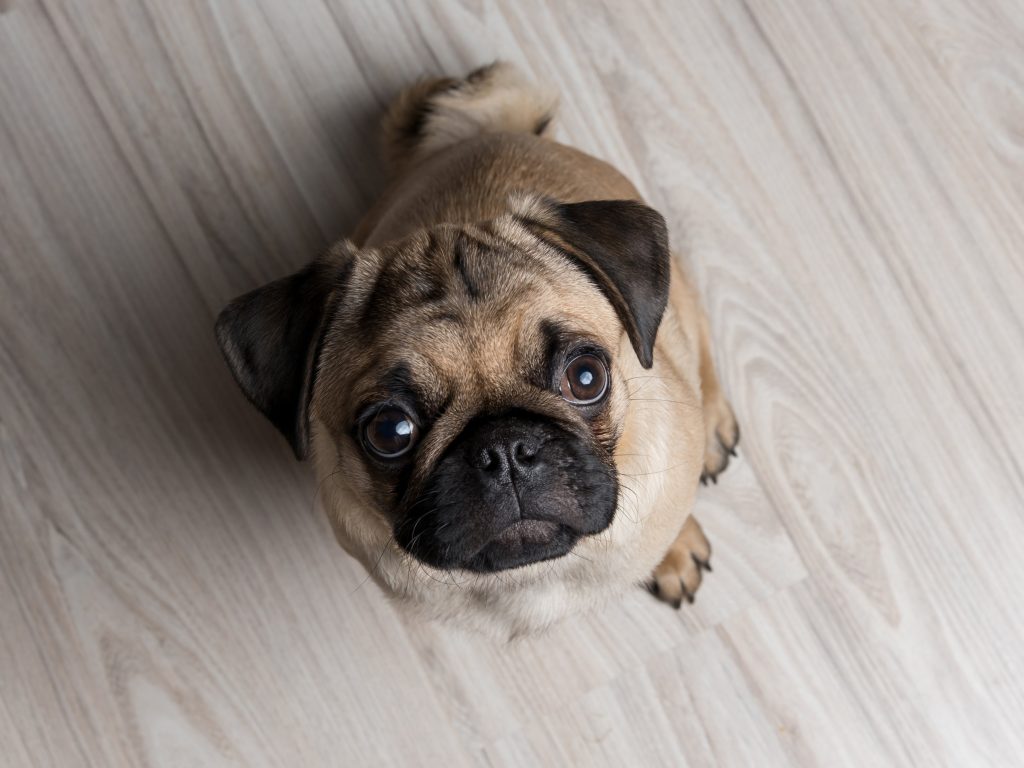
Dogs make a perfect small-sized companion but they are also a lot of responsibility.
If the mental and physical needs of your dog are not met, he is more likely to exhibit behavior such as barking, chewing, destructiveness, and escaping.
1. The Energy Level Of The Dog
Dogs with lower energy levels are generally easier to handle in a small space.
The required amount of exercise will also depend on your dog’s age and health status.
2. The Noise Level Of The Dog
Some dogs are more vocal than others and with neighbors close by, you should look at breeds that are not particularly vocal.
Some dogs do not suite to apartment living if they are sensitive to noise.
3. Laws Surrounding Dog Ownership In Your Apartment Building
Rules vary greatly between apartment complexes.
Some may allow people to keep dogs and some may not.
Find out what rules apply to your building.
4. Is Having A Dog In An Upstairs Apartment Safe?
Are the balconies of the apartment safe and of a suitable size for your dog?
Make sure your dog doesn’t fall or jump off the balcony.
Are the floor coverings suitable?
Is there sufficient insulation for soundproofing?
Does your apartment get very hot during summers and, if so, is there air conditioning for your dog available?
Are you allowed to take your dog into the elevator, if you live in a high-rise building?
5. Where Can Your Dog Go To The Toilet?
While you are at work, not all dogs can ‘hold on’ all day.
If your dog does not have access to a toileting area there are doggy toilets available to purchase.
6. Keeping Your Dog Entertained
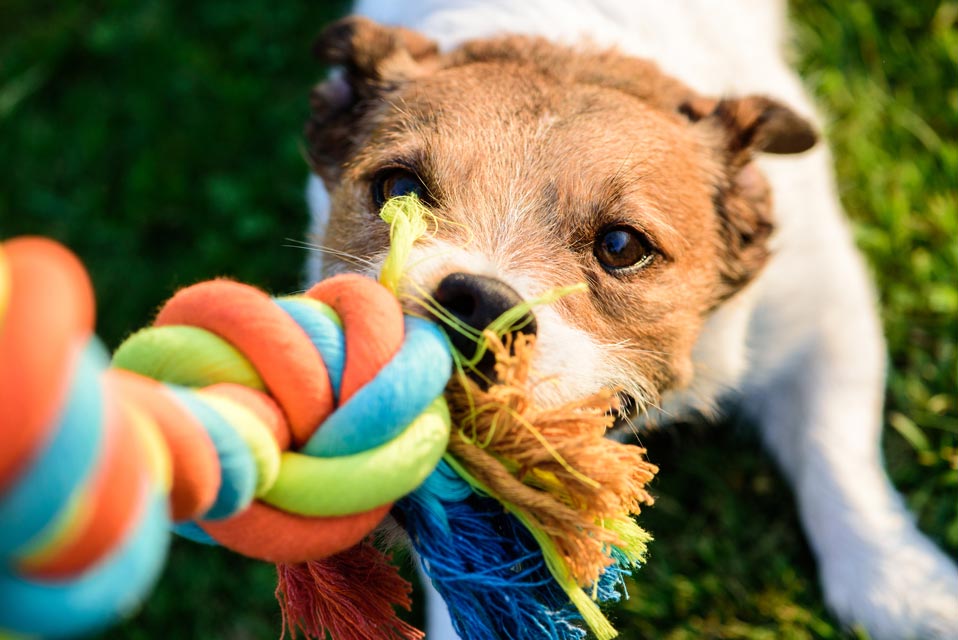
Dogs need to meet their mental and physical needs to minimize behavior such as barking, chewing, destructiveness and escaping.
‘Enrichment’ involves making changes to an animal’s environment to ensure they are adequately stimulated.
Some ideas to keep your dog entertained include:
- Scattering his food around the apartment for him to find instead of feeding him from a bowl but this works best with just one dog and easy to know how much food he is getting.
- Use of food-dispensing toy will help your dog to figure out how to get the food out.
- If your dog enjoys the company of other dogs utilizing ‘a doggy daycare’ service will be a good idea.
- Taking your dog to the park to socialize him if he likes with other dogs.
- Playing fetch and tug games.
Does The Size Of The Dog Matter?

Size is not the only aspect when it comes to adopting a dog for an apartment or the size of your living space isn’t the only consideration because many large breeds of dogs have lower activity levels and are more than happy to lounge on the couch.
Apartment dwellers would look forward to getting a pet that does not bark consistently and is polite when meeting other people.
For example, though he is among the smallest dog breeds, the Chihuahua doesn’t make our list of top apartment dogs because of the breed’s tendency to bark, as well as his energetic, nervous demeanor.
Some of the large breeds also make excellent dogs for apartments.
Greyhound breed of dog is one of the examples.
Best Apartment Dogs
| Size | Breeds |
| Small Apartment Dogs | Bichon Frise, Pug, Havanese, French Bulldog, Cavalier King Charles Spaniel. |
| Medium Apartment Dogs | Chow Chow, Poodle, Keeshond, Bulldog. |
| Large Apartment Dogs | Mastiff, Greyhound, Great Dane. |
The best apartment dog is the one who can socialize well with other animals and humans.
These easy-going breeds fit right in.
Did You Know?
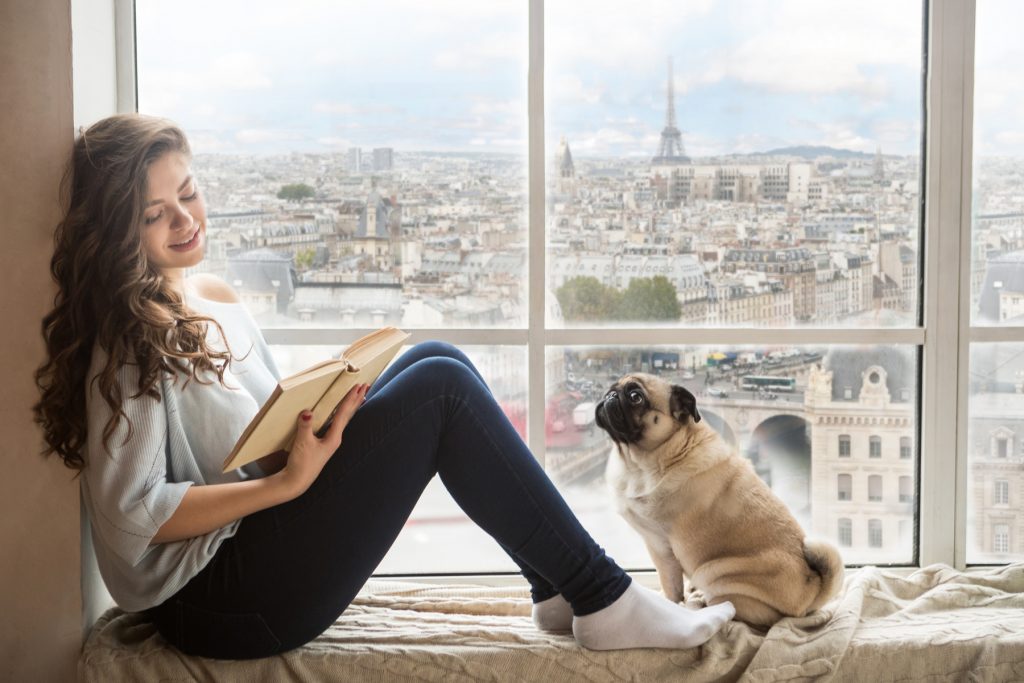
Psychologists and Behavioral scientists have uncovered a wide range of social-cognitive abilities in the domestic dog.
Dogs have advanced memory skills, and dog intelligence is the ability of the dog to perceive information and retain it as knowledge.
Health Issues

Separation anxiety, dogs that are highly affectionate are vulnerable to this disorder that affects the dog that’s hyper attached to his owner and gets super stressed when left alone.
Excessive dog shedding, the amount of shedding depends on the dog’s health condition, dog breed type, and prevailing season.
How To Manage Dog Shedding At Home?
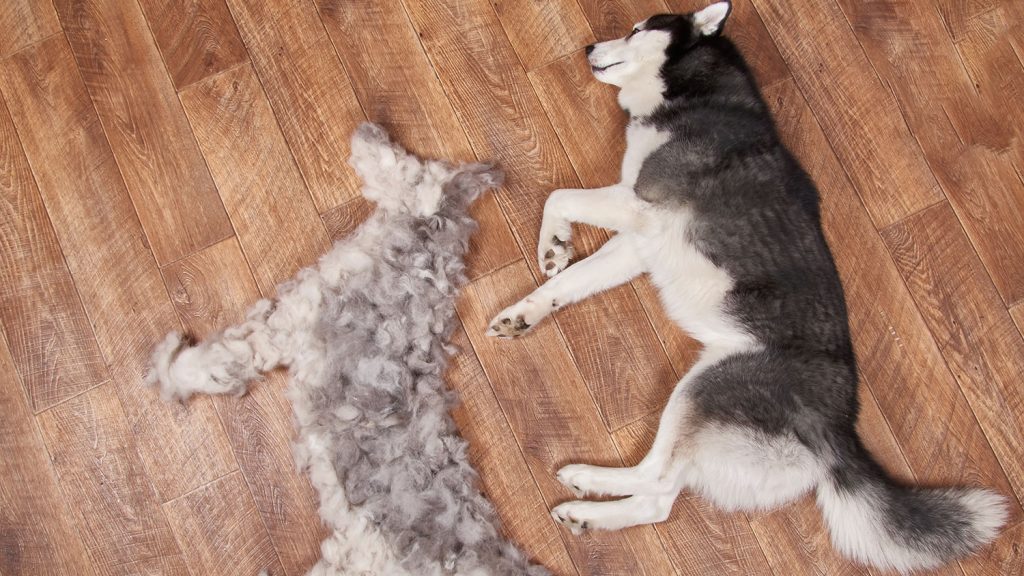
In dogs, hair shedding is one of the most common problems dog owners face.
Different dog breeds shed in different amounts: While others shed year-round, some shed seasonally.
You will notice that most shedding occurs in the spring and fall for the dogs that shed seasonally.
It could also be the result of stress, poor nutrition, or a medical problem.
While you might not be able to stop your dogs’ shedding, there are ways to manage it.
1. Use Of De-Shedding Tools
Some of the breeds are just heavy shedders so it’s best to use de-shedding tools that you can find at your pet store or even at the vet.
Managing dog shedding is the challenge of owning a furball.
2. Vacuum it!
Get yourself a good vacuum to remove pet hair.
This helps to manage hair everywhere including your couch, bed, floor, and living room.
A handheld vacuum might be a little more convenient than lugging your upright around every few minutes.
Make sure to use a high-efficiency vacuum to help you with even the tiniest bit of dander that you’re doggo shed.
Vacuuming as frequently as you can is key if you want to control the mess of shedding.
3. Grooming
Grooming is good for dogs and for dog’s who shed very often it’s important that you brush your dog’s coat on a regular basis.
Buying the right brush for your dog should be the correct choice.
4. Bristle Brushes
For short-haired with smooth coat breeds of dogs like Pugs, Greyhounds, and Dachshunds this will be of the best kind.
5. Slicker Brushes
This works well for breeds with medium or curly coats including wired-haired Terriers, Poodles, Spaniels, and Yorkies.
6. Rakes
Dogs with long hair and thick undercoats like Chow chows, German shepherd require this type of brush.
If you’re planning to buy one of these make sure the pins of the brush are as long as your dog’s fur.
Toilet Training
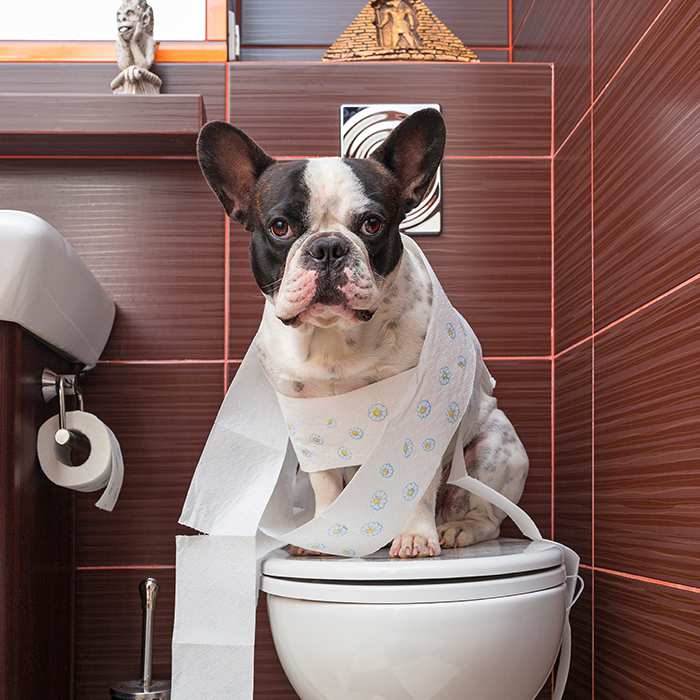
Apartment life may be a little different for the first couple of weeks and therefore can affect the toilet habits of your pet.
Ensure there is a particular spot for them to do their business and also make sure that it’s available at all times.
Worst Apartment Dogs

- American Staffordshire Terrier
- Akita
- German Shepherd
- Pit Bull
- Shar Pei
- Rottweiler
- Doberman
- Chow Chows
- Great Danes
- Huskies
Tips for Having the Best Apartment Dogs
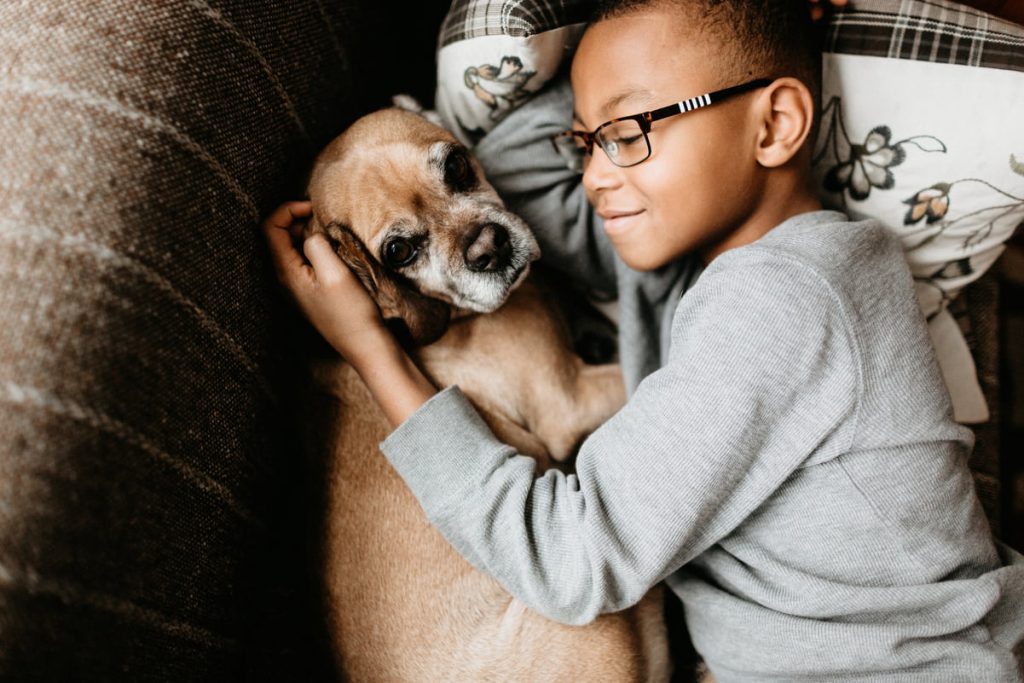
1. Acclimate
If you’ve adopted a new puppy or adult dog, or if you’re moving your current dog into a small space, try to acclimate him slowly by visiting for shorter and then longer periods.
2. Be Present
If an apartment or small house is a new environment for your dog, try to spend more time with him.
Initially, go out for short periods alone and then lengthen them.
3. Create Space
Anything that takes up space should serve as storage as well.
Try to keep as much floor space open as possible.
4. Establish A Routine
This is vital for dogs who have to wait to go outside.
Feeding and walking times should be consistent and fixed to keep up with the daily routine.
5. Find A Good Trainer
One trait that all good apartment dogs have is they’re not prone to be excessively vocal.
Find a trainer if you’re facing behavioral issues such as a dog who won’t stop barking.
6. Get A Bench
A small or large bench against a windowsill gives your dog a place to jump up and also makes space seem larger.
7. Invest In A Gate
Make sure you can put a gate up to keep your dog separated from others if you have a studio or open floor plan.
8. Juggle Those Balls
It’s perfectly fine to play a game of fetch in your apartment.
Installing rugs can help absorb the noise of dog nails.
You don’t have to be at the dog park to have fun with your dog.
Final Thoughts On Best Apartment Dogs

It is not a big deal to find a dog who will live well in an apartment or small house setting.
It’s not always about the size when it comes to choosing a pet.
Quiet, lower-energy, non-working dogs are really what makes them the best apartment dogs.
And if you have a dog already who needs to adapt to a small space, remember if we are with our dogs and we’re happy, they are happy too.
Rather than fretting over sharing a small space, look at it as a bonding experience.
After all, tripping over each other is just a game of tag, if you look at it that way.
In order to allow you and your pet to be comfortable with apartment living, you will have to be very proactive and make sure all their needs are met daily.
Following a routine of feeding, exercise and bedtime are the best ways to get your pet to settle down to apartment living.
Did you like what you read?
Do let us know in the comment section and share the article with your friends who are looking for or have an apartment dog.
Happy Petting To You Guys!



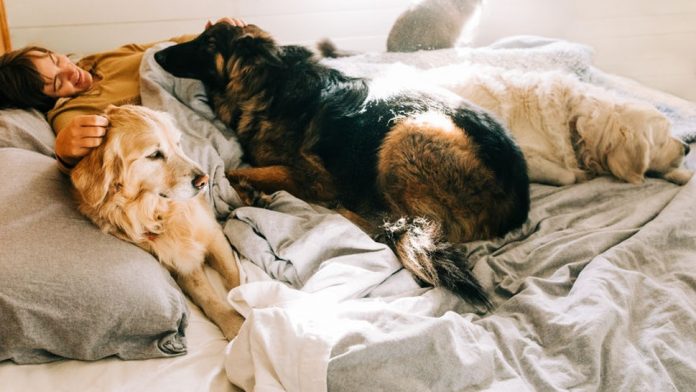









[…] can also check out our blog about Apartment Dogs if you are […]
[…] Australian shepherd breed is generally not aggressive which make it a good apartment dog. […]
[…] Searching for apartment friendly dog? Here is a guideline to look at while choosing one. […]
[…] Searching for apartment friendly dog? Here is a guideline to look at while choosing one. […]